BLOG ARTICLE
How To Convert YouTube Videos to Texts (A Beginner's Guide)
Last updated: 12/22/2025
Last updated: 12/22/2025
While only a few people take advantage of it, a YouTube channel can be a powerful hub for repurposing content across the internet. With the right video transcription tools, you can get more out of your video by converting your YouTube video to text.
In this post, we will show you several ways to turn YouTube into text and how the text can be repurposed into several assets like blog posts, email newsletters, website content, ebooks, guides, etc. - giving you a robust content format to promote your channel.
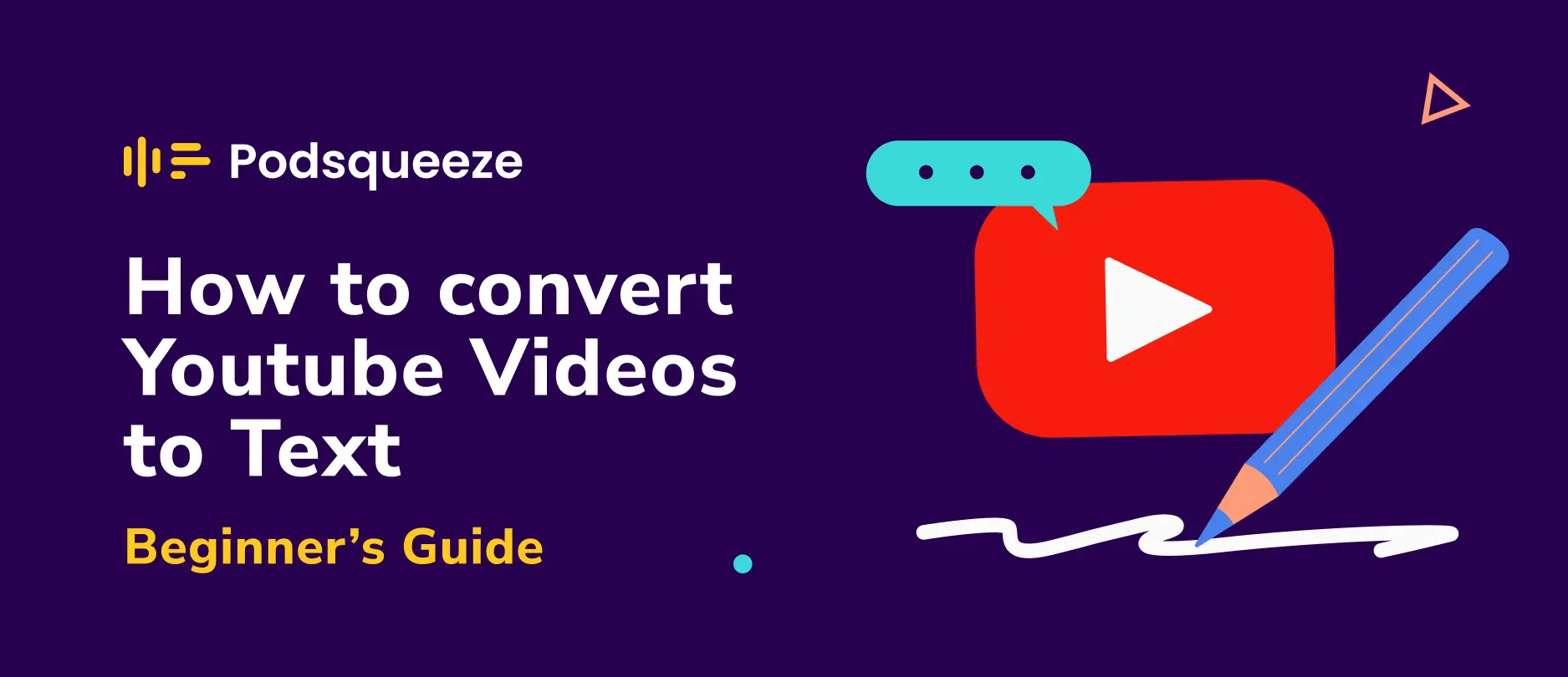
Why Should You Convert Your YouTube Video To Text?
Transcribing your video into text improves the SEO of your video. It is a proven strategy for getting more views, engagement, higher ranking and getting discovered on search engines (outside of YouTube).
Insights from Discovery Digital Networks (DDN) on an experiment run on their YouTube channel found that videos with captions performed 7.32% more views than others.
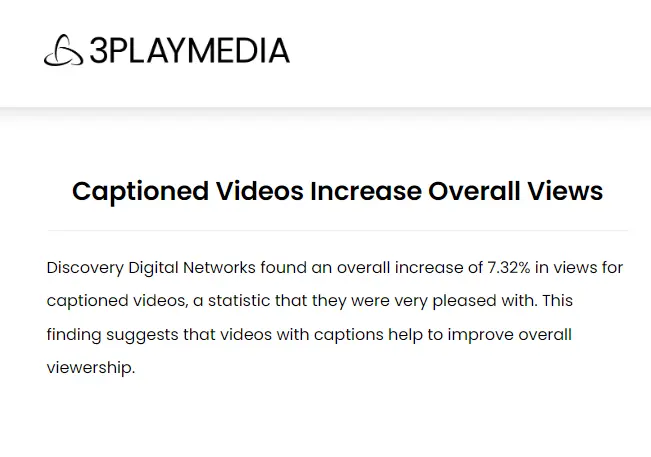
In a nutshell, this shows how important converting your video to text can be for the growth of your YouTube channel. There are many benefits to this but here are the popular ones;
1. SEO Benefits
Text, unlike the visual elements of a YouTube video, can be indexed by search engines, improving the visibility of the content. By repurposing your videos to text you can drive traffic to your channel and website.
For example, you can convert one of your YouTube videos into text and then repurpose it as a blog that can rank well on Google and other search engines.
Here’s an interview with Rob Walling posted on the Podsqueeze’s YouTube channel.
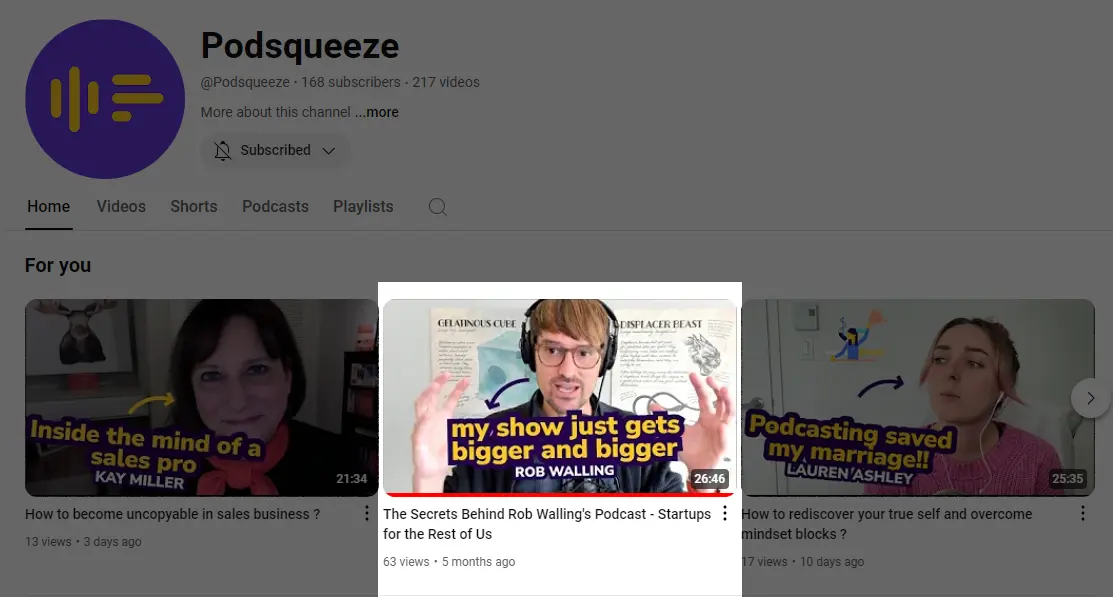
It was then converted to text (with some tweaks) and posted as a blog post on the Podsqueeze website.
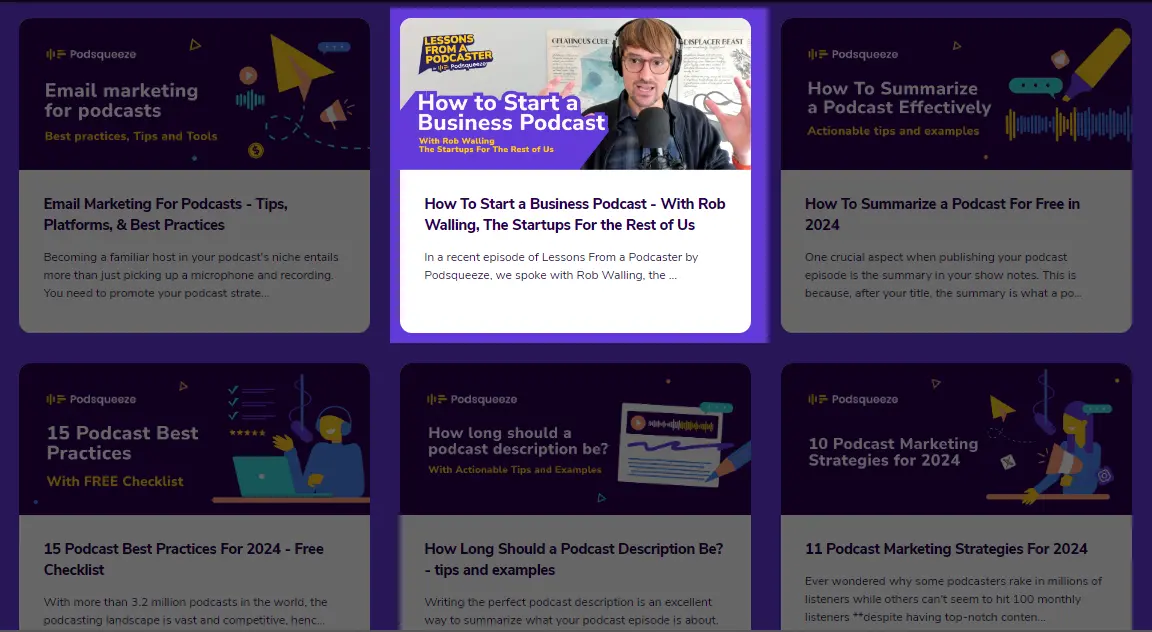
Interestingly, that article now ranks in top positions on Google for keywords related to Rob Walling and consistently drives traffic to website and the interview, which was originally posted on YouTube.
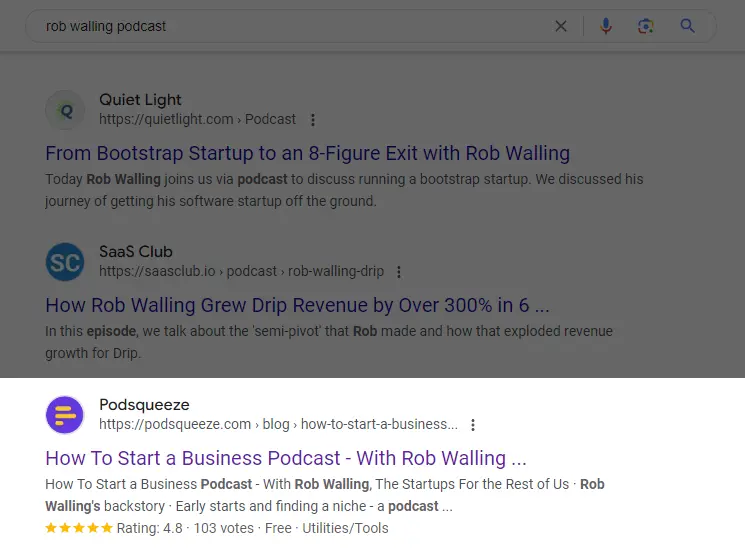
This example is to show you the SEO power of converting YouTube videos into texts.
2. Content Repurposing
Although YouTube videos can be repurposed into different formats like podcast clips and audiograms, text can be easily repurposed into more formats. Like it was shown in the last point, videos can be repurposed into blog posts, and there are also articles, social media posts, ebooks, newsletters, whitepapers, presentations, scripts, and other formats, extending the reach of the content.
If you want to build a robust content format around your YouTube for promoting, marketing, or offering premium content, converting your videos to text is where it all begins.
3. Multilingual Reach
Video text can can be easily translated into other languages without having to post different versions of the same video, helping you to reach a global audience.
How To transcribe YouTube video to text 2-steps (manual and automated)
We will mention two methods for converting YouTube videos into text: using AI tools and doing it manually. Below, we show you the steps to do any method you choose.
1. Converting Videos to Text Using AI Tools:
We’re going to lay out a step-by-step process you can follow to convert your YouTube videos to text using Podsqueeze’s video-to-text feature.
Step 1: Create a Quick Podsqueeze Account
To kick off the process, start by creating a quick account with Podsqueeze. It takes less than 30 seconds to set up.
Step 2: Convert a New Video
After creating an account, continue to your dashboard and click on the ‘Convert New Episode’ button. This will then take you to a page where you can begin the conversion of video to text.
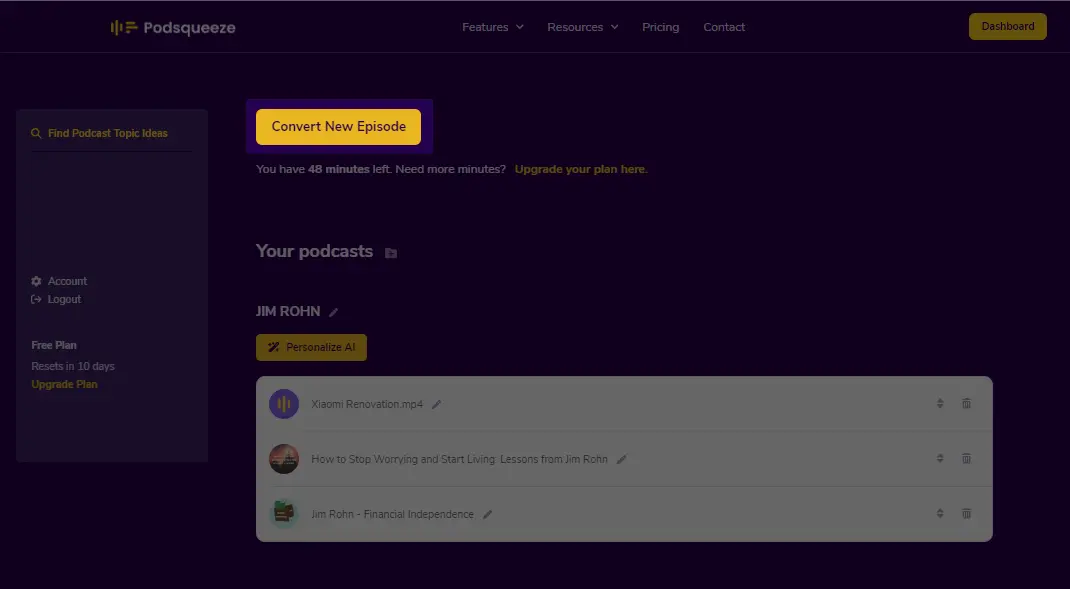
As shown in the image above, there are 3 options to select the content you want to convert into text: Searching, uploading, or recording. For YouTubers, the button to click here is Upload Audio or Video.
Click the ‘Upload audio or video’ button and select your video.
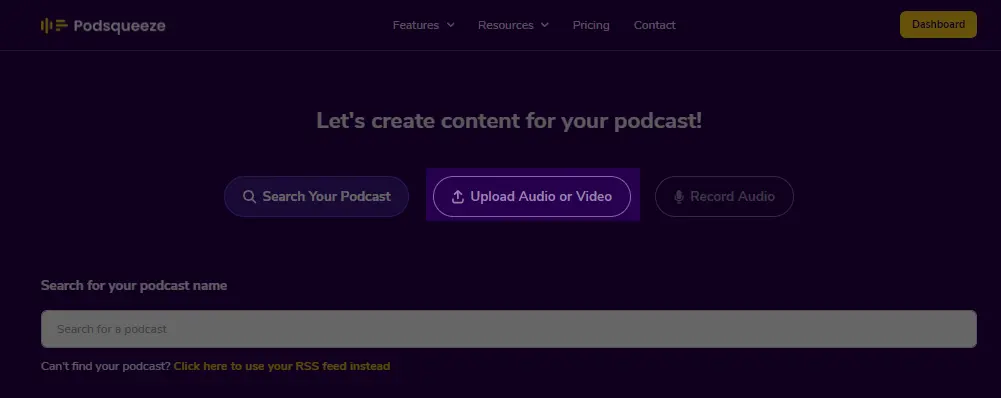
After selecting your file, click on the ‘Upload’ button, and select your video language - this is important for Podsqueeze to know what language your video is and the language to convert the text to. Wait for some minutes and let Podsqueeze analyze and index the content of the video.
Step 3: Get Your Converted Texts
After the processing time has elapsed and Podsqueeze has processed the content of your video, there will be a series of assets generated for your video (like suggested titles for your video, description, summary, chapters & timestamps, etc).
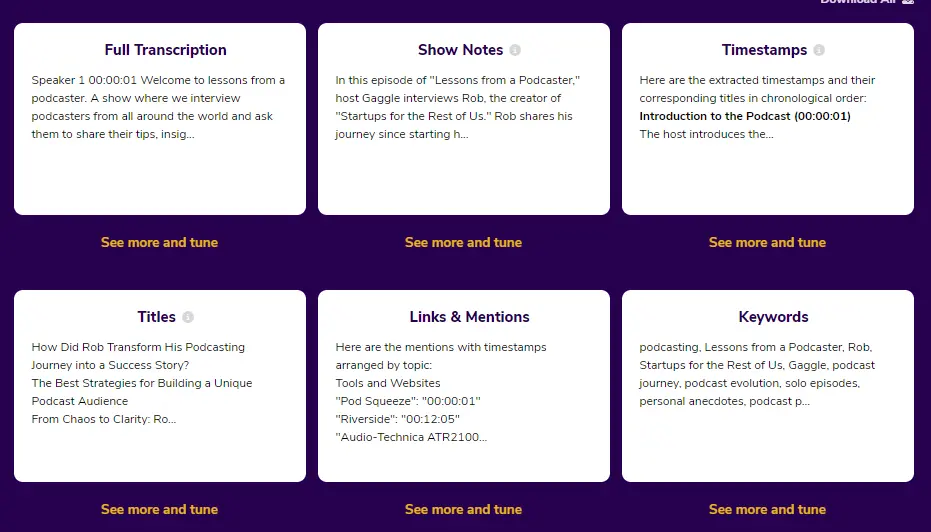
Hover to the ‘Full Transcription’ card and click on the button below it to expand. There, you can see an accurate text of spoken words throughout your episode. You can then easily copy your converted text with a single click of a button or download it as an SRT file (subtitles file you can upload to youtube or video editing tools).
And just like that, you can convert your YouTube video to text within minutes.
2. Converting Videos to Text Manually
Now that you’ve learned how to convert a YouTube video to text automatically using AI, it’s time to learn how to do it yourself.
This is a very straightforward process. It’s simply getting to transcribe your video to text yourself by playing and pausing your video while documenting the spoken words of a video.
This can be a lot easier if your video was worked using a script but if not, here’s how you can effectively streamline the process of converting YouTube videos into text manually.
There are many ways to do it but here are the easier and popular ones:
Method 1: Play and Pause Method
The play and Pause method is just as the name suggests. You listen to the video and document the text in a word editing software like Google Doc or Microsoft Word for converting your video into text. You can also use YouTube’s playback speed to reduce the speed at which the video is played.
Method 2: YouTube’s Automatic Caption
There’s an automatic caption available on YouTube that you can utilize to get the text of your videos.
To get your video transcript from YouTube, you must enable automatic caption on the YouTube video you want to get the text. Go ahead and enable it by clicking on the "CC" (closed captions) button on the video player to enable captions.
Click to expand the description of the video and select "Show transcript."
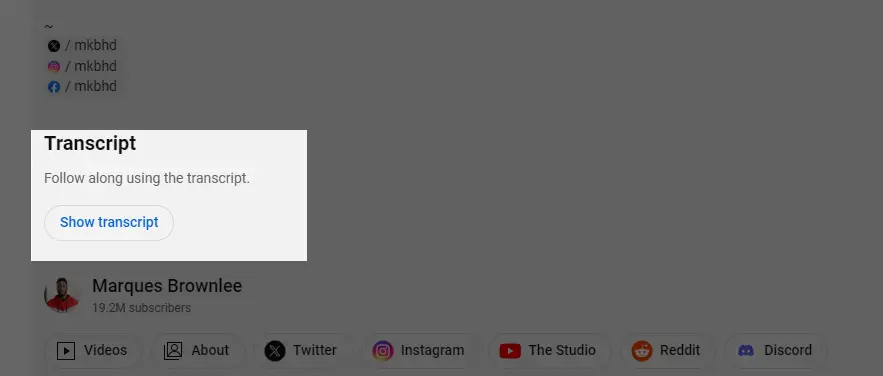
Click on the three-dot button of the transcript card and select “Toggle timestamps.” That way, you can copy the text without copying the timestamps with the text.
After this, paste your text into a word formatting software like Google Docs and edit, format, and check for accuracy (which is the only downside of this method as this can take a lot of time).
You can repeat any of these 2 methods (automatically and manually converting video to text) for many YouTube videos and go on and on. The point of these two steps is to get the text of your videos and accurately so. But, what else after getting the text of your videos?
Here are a few ways you can repurpose the transcribed text of your videos and how you can use them to grow your YouTube channel.
How To Repurpose Your Transcribed Texts
Once you have the text of your videos, now it’s time to put the text of your YouTube video into good use.
1. Blog Posts
The first on our list is blog posts. This is essentially important if you want to attract more viewers away from YouTube and through search engines like Google. You just need to add some tweaks to the generated text of your video.
These tweaks don’t have to be grand, just minor ones to reformat your text into a blog. Use headings and subheadings to make your blog more digestible, include external linking to useful resources, and have a robust SEO overlook.
Note: If you get the text of your YouTube video from Podsqueeze, you don’t have to go through the hassle of reformatting your text into a blog. Podsqueeze will automatically generate a blog for your video, ready to be published anywhere you want.
You can publish the blog on your website (if you have one) or publish for free on open platforms like Medium, or LinkedIn articles.
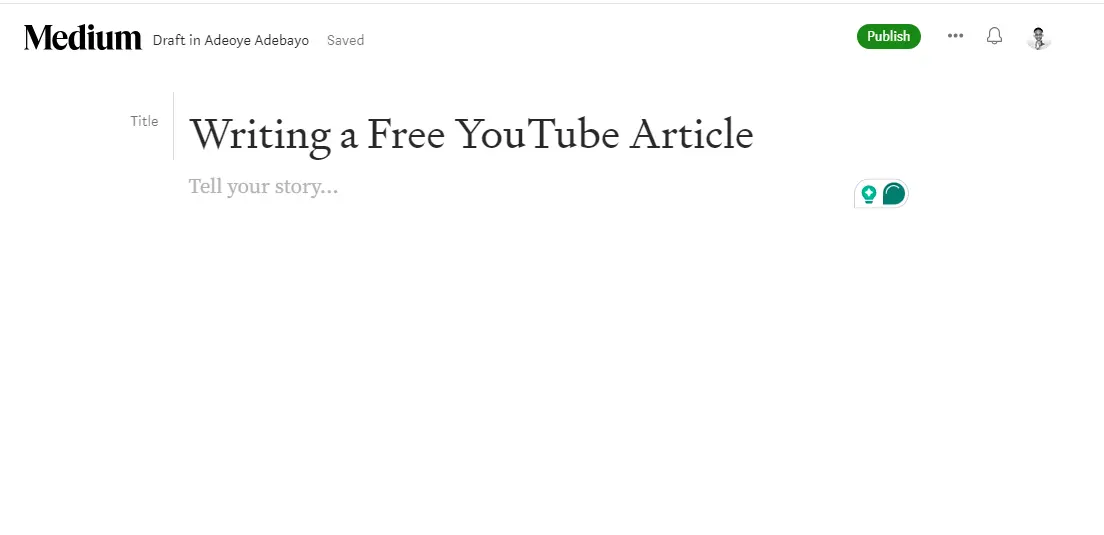
2. Social Media Posts
This is repurposing your text on social platforms to drive traffic to your video. If you turn your YouTube video to text manually, find and pinpoint quality sections from your text to use as posts on social platforms like Twitter, Reddit, Quora, Facebook, etc.
If you transcribe your video to text using Podsqueeze, you already have a free card that contains tweets, bullet points, and other relevant assets for your video that you can use for social media posts.
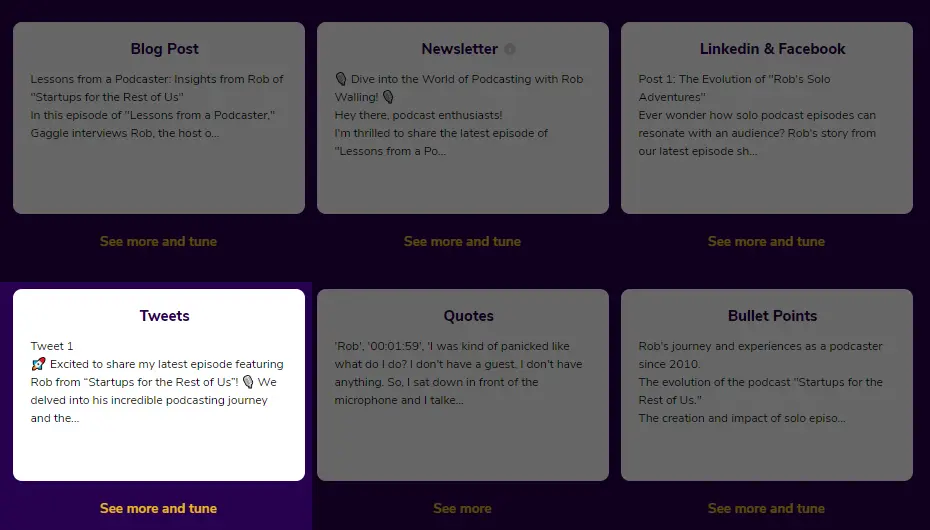
3. Ebooks and Guides
This will come in handy for YouTubers who offer educational theme content. You can repurpose your transcribed texts into ebooks and guides that you can add as additional resources to your video. Strategically, you can use these ebooks and guides interchangeably within your video.
For instance, if you have a video on “Advice Every 20 Year Old Needs To Hear,” and another titled “21 Life Lessons For Teenagers,” just like YouTuber Ali Abdaal.
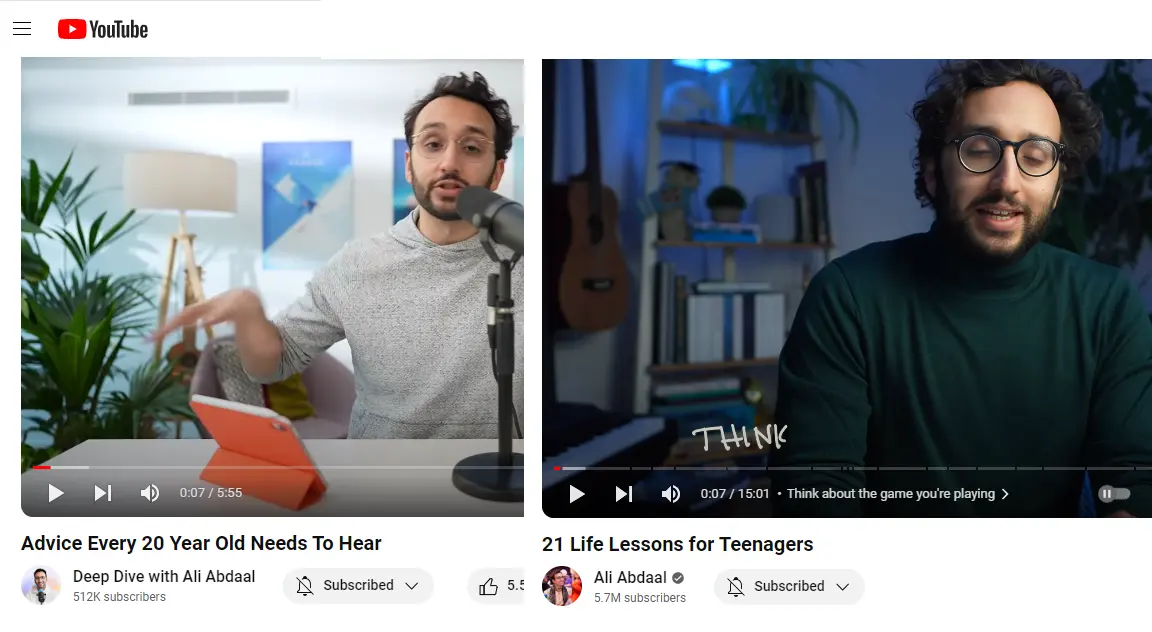
You can turn both videos into text and repurpose them into ebooks and attach them as additional resources to those videos but in a more strategic manner. The strategy here is that the ebook for the “21 Life Lessons For Teenagers” will be added as an additional resource for the “Advice Every 20 Year Old Needs To Hear” video.
You can do this interchangeably for both videos - ensuring you have a robust resource around your videos and also locking viewers into the ecosystem of your content.
Pro Tip: Make sure to not overdo this. Only do this for similar videos with similar intent and theme as it was in the example we cited above.
Over To You
And there you have it, a detailed step-by-step process to converting YouTube videos into texts. We’ve covered two you can do it, methods to follow, tools to use, and ultimately, how to repurpose your transcribed text into valuable resources that can help grow your channel.
As you try out the steps mentioned in this guide, you’ll find that growing your YouTube will get easier and you’ll also find out ways to use the texts generated from your videos in ways you don’t know now.
Read Next: Best practices to write Youtube Video Descriptions - Tips, Templates & Examples
Repurpose your podcast content with AI